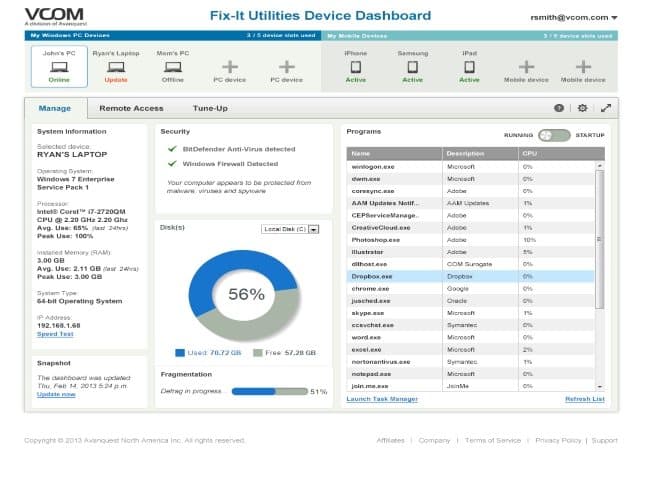
Abide by the following steps to avoid slips and mistakes: You can save yourself recurrent trips to the repair shop or phone calls to a helpdesk and learn a lot about the functioning of the registry. If you are confident about doing the registry error correction yourself, go ahead with it. Steps to correct registry errors on your own In addition, it will save your precious time while it scans and fixes registry errors. It is one of the most standard registry repair tools and helps you a great deal, if you are not computer-savvy. The best way is to install RegCure that will undertake a complete examination of your Windows registry.
:max_bytes(150000):strip_icc()/pcsleek-free-error-cleaner-3-46-windows-8-56a6f9365f9b58b7d0e5c714.png)
The other way of solving registry errors is by using automatic registry repair tools. The positive side of this mode of correction is that it is inexpensive but you must take into account the risks involved in the operation. Now type ‘RegEdit’ and introduce changes only if you are sure of yourself. For this, you must take the ‘Run’ option from the start menu. You must have a prior knowledge of the kind of error the registry has undergone. If you are a computer expert, you can think of solving registry errors manually.

When you make modifications in your preferences, the Windows registry undergoes an expansion. To put equal stress on all these distinct functions, the registry is classified into action-specific sections. It is also responsible for recording your personal preferences and permissions. The common database used by your computer operating system for handling information related to hardware and software applications is called the Windows registry.


 0 kommentar(er)
0 kommentar(er)
